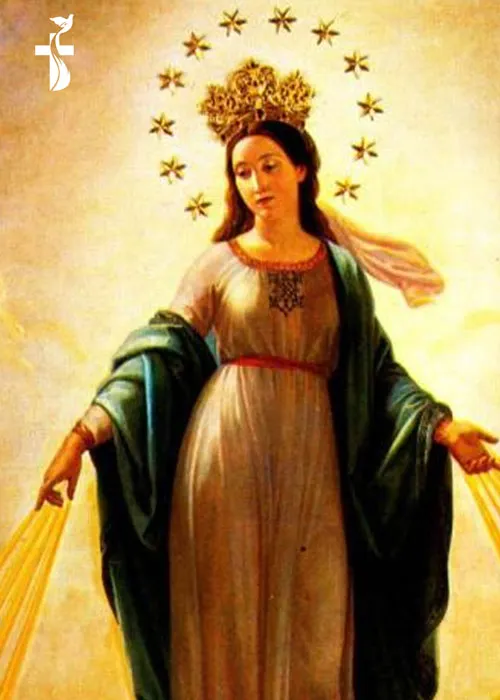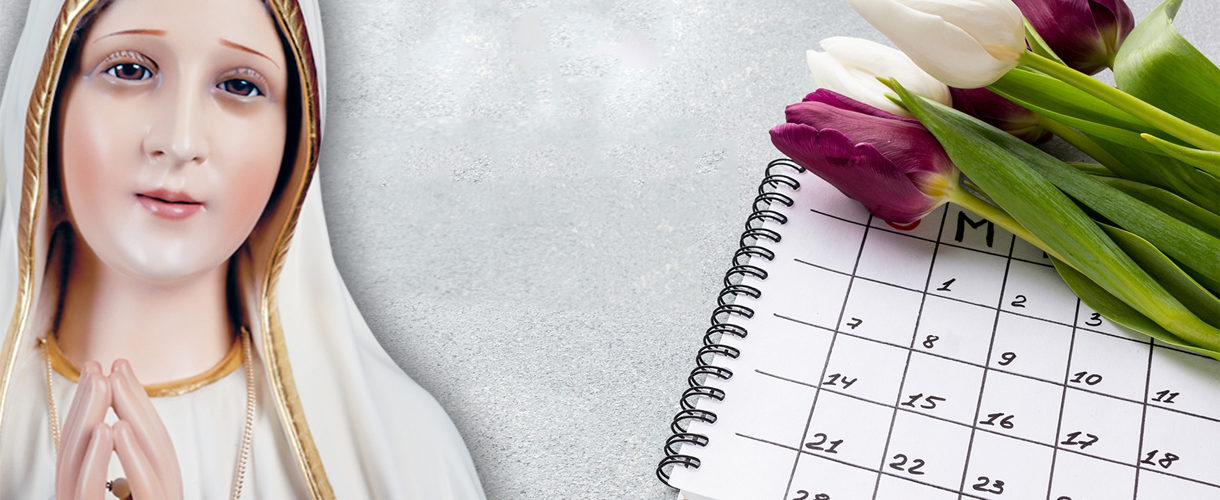
Our Lady Of Sion – (Queen Of The Jews)
Country :
Year : 1393
When the last word is said and the final picture of Mary painted, she will still have been a Jewess in all her black-haired beauty. Mary summarizes the glory of a long line of Hebrew heroines.
After Eve, Mary’s prototype, came Sara, “the princess”, whose ravishing beauty saved Abraham, who is the great-great grandfather of Jacob/Israel; even as Mary later shielded the Head of the Mystical Body. The daughters of Laban, Lia the lovely, and Rachel the renowned were “foundresses” of the House of Israel as Mary “mothered” the Infant Church. Then Miriam, the virgin, was a dim foreshadow of her virgin namesake as she protected her baby brother on the banks of the Nile, Deborah followed, “a mother in Israel” – the Jewish Maid of Orleans, whose song like Mary’s Magnificat, was Israel’s battle song of freedom. But the sweetheart of ancient Judaism was Ruth whose loyalty lead to royalty and who, through David fulfilled a Marian role. Then beauty and bravery joined wisdom and wit to make Judith “the Jewess” a national heroine from whom we borrow our song to Mary: “Thou art the glory of Jerusalem; thou art the joy of Israel.” Fair and feminine, came Esther, the shining star, whose trust in God redeemed her people and made her a type of our co-redemptrix. Susanna means lily of innocence. From the days of Daniel to Mary Goretti many lilies have grown, but none bloomed fairer than the Virgin most chaste. Salome, heroic mother of the Machabees, watching her offspring go to a cruel death, was Mary at the foot of the Cross.
Thus standing between two covenants, Mary fulfilled the hopes of the one and inflamed the hearts of the other. More beautiful than Sara, chaster than Susanna, stronger than Judith, more loyal than Ruth and more popular than Rachel, Mary was the chosen one of all the chosen many. She was and is truly Our Lady of Sion, the Queen of the Jews.
One of the chief pilgrimages of France, Notre Dame de Sion, at Saxe-Sion, is dedicated to Our Lady under the above mentioned title. It dates from the Episcopate of St. Gerard, whose Madonna, broken during the Revolution, was replaced in 1802 by another miraculous statue of the Blessed Virgin.



